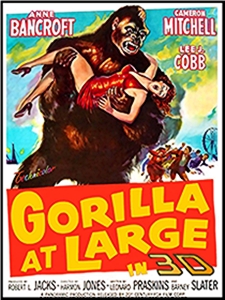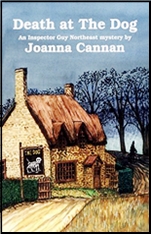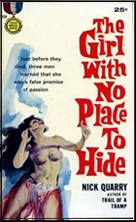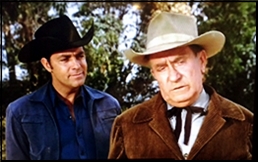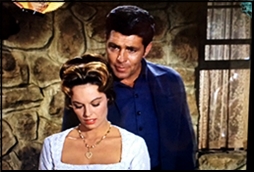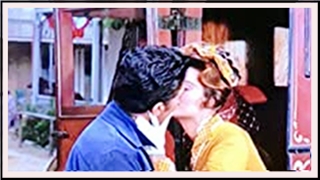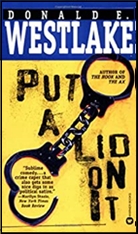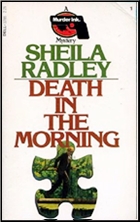Wed 20 Oct 2021
A Movie Review by Dan Stumpf: GORILLA AT LARGE (1954).
Posted by Steve under Mystery movies , Reviews[11] Comments

GORILLA AT LARGE. Panoramic Productions/Fox, 1954. Cameron Mitchell, Anne Bancroft, Lee J. Cobb, Raymond Burr, Lee Marvin, Charlotte Austin, Peter Whitney, Warren Stevens, John Kellogg, Billy Curtis, and John Tannen. Written by Leonard Praskins and Barney Slater. Directed by Harmon Jones.
If you only see one movie in your entire life, it should be Gorilla at Large. Where else in the known universe will you get a chance to hear tough cop Lee J Cobb snarl, “We’ve got two gorillas around here, and one of them’s a murderer.†Where, I ask you?
Cobb is only one feature of a surprisingly able cast for what is essentially an inflated B-movie. Raymond Burr radiates menace very nicely as the boss of an elaborate carnival, playing effectively off Anne Bancroft as his wife, who does a trapeze act above the cage of Goliath “the world’s largest Gorilla†who manages to narrowly miss grabbing her at each performance.

Cameron Mitchell and Charlotte Austin walk through their bland parts as leading man and heroine, and Lee Marvin is wasted as a comic relief dumb cop, but Perter Whitney as a blackmailing carny and John Tannen as a publicity flack with his eye on the main chance ooze a very fitting sleaziness into their under-written roles.
Come to that, maybe it’s the writing that puts Gorilla at Large. so firmly into B-movie class. The dialogue is flat and obvious when it isn’t memorably bad, the plot is predictable when it’s not implausible, and…
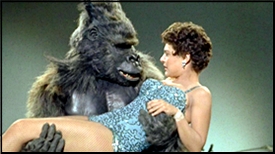
Oh yeah, the Plot: Burr decides to put Cameron Mitchell in an ape suit to double for Goliath, but someone steals the hirsute suite and goes around killing blackmailing carnies and blaming it on Goliath. Yeah, who’s gonna notice an ape running around the lot? And the concept is not helped at all by the fact that the real ape and the phony are both played by guys in gorilla suits.
Fortunately, all this arrant nonsense is handled with pace and precision by Harmon Jones, a director who had his moments, and in his sure hands, it’s all really quite enjoyable. And really, if you’re only going to see one movie in your whole life, well, whathehell, it might as well be Gorilla at Large.
